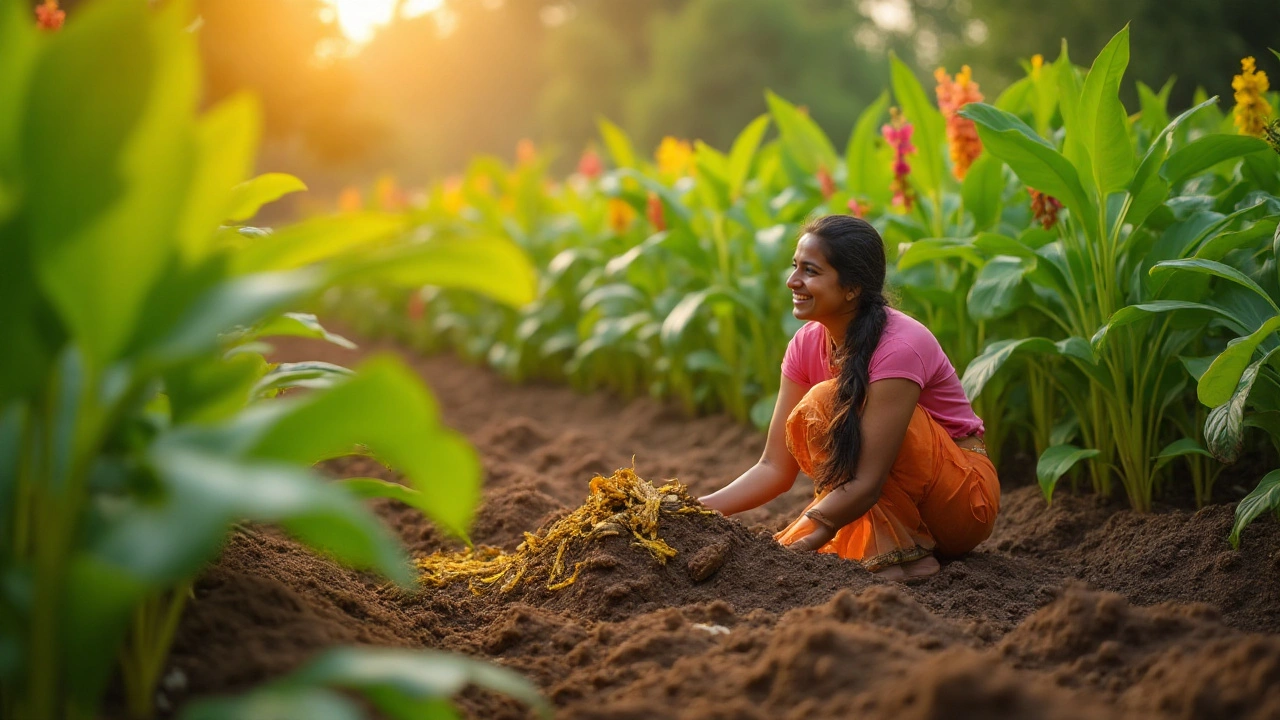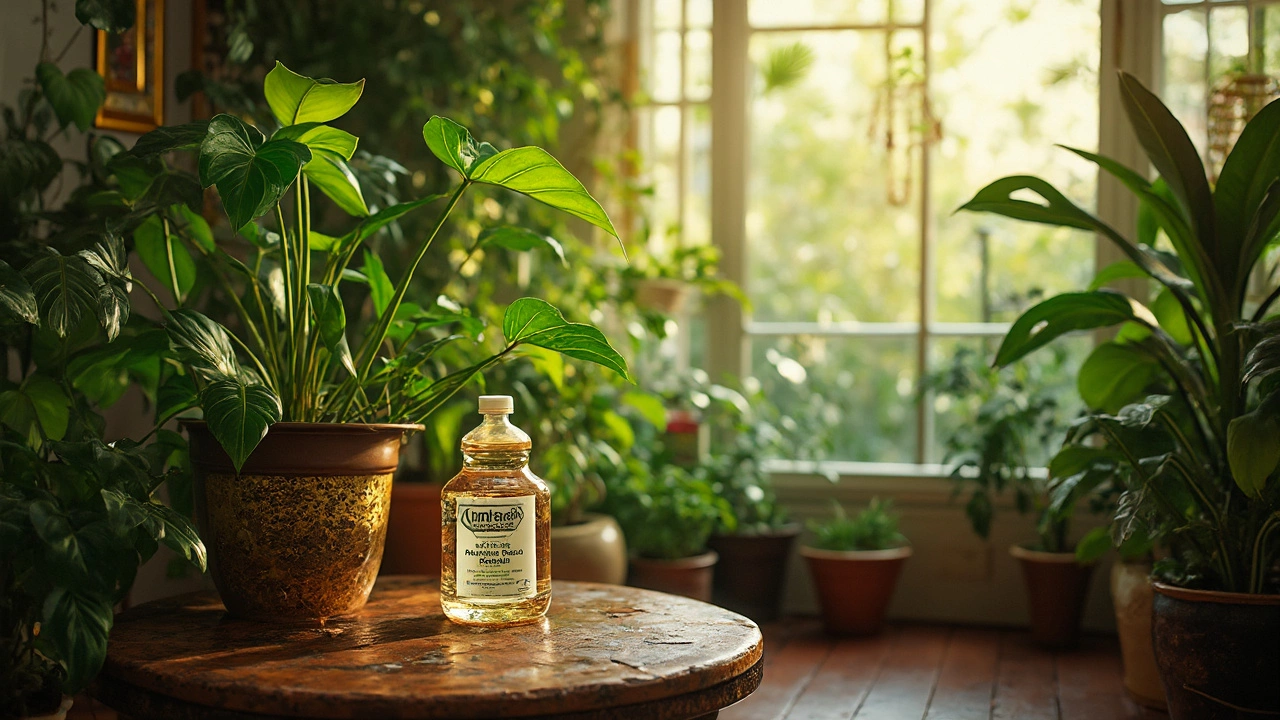Plant Nutrition: Boosting Growth with the Right Feed
When working with plant nutrition, the practice of delivering the right balance of macro‑ and micronutrients to plants so they can grow strong, resist disease, and produce well. Also known as fertilizer management, it forms the backbone of any successful garden or farm. Plant nutrition isn’t just about dumping fertilizer on the soil; it’s about understanding what nutrients plants need, when they need them, and how the growing environment influences uptake. In the Indian climate, where temperature swings and monsoon rains can swing nutrient availability dramatically, mastering plant nutrition can mean the difference between a thriving harvest and a disappointing yield. Below we’ll connect the dots between nutrient supply, water management, and soil practices that together create a healthy growing system.
Key Factors That Shape Nutrient Availability
One of the biggest drivers of nutrient uptake is soil moisture, the water content held in the soil that influences root activity and chemical reactions. Plant nutrition requires balanced soil moisture because too dry a medium locks nutrients away, while overly soggy conditions can leach them out or create anaerobic zones that harm roots. Simple tests like the finger‑press method or a moisture meter let you gauge whether your garden’s water level is optimal for nutrient absorption. When soil moisture is spot‑on, roots can actively transport nitrogen, phosphorus, potassium, and trace minerals into the plant’s vascular system. This connection illustrates the first semantic triple: Plant nutrition requires balanced soil moisture.
Another game‑changer is drip irrigation, a low‑volume, precise watering system that delivers water (and sometimes dissolved nutrients) directly to the root zone. By placing water right where the roots can use it, drip irrigation reduces evaporation losses and ensures that soluble fertilizers reach the intended zone without runoff. This method can even be paired with fertigation – the practice of mixing fertilizers into the irrigation water – turning the irrigation line into a nutrient delivery pipeline. The result is a tighter link between water and fertilizer, which we capture in the second semantic triple: Drip irrigation enhances plant nutrition by delivering nutrients directly to roots.
Finally, no‑till gardening, a soil‑conservation technique that avoids turning the soil over, preserving structure and microbial life, plays a subtle yet powerful role. By keeping the soil undisturbed, no‑till maintains a network of fungal hyphae and beneficial bacteria that mobilize phosphorus and micronutrients, making them more accessible to plant roots. This practice also improves water infiltration, reinforcing the soil moisture‑nutrient relationship. In other words, no‑till gardening supports plant nutrition through improved soil structure – our third semantic triple: No‑till gardening supports plant nutrition by enhancing soil structure and microbial activity.
Water quality is the fourth piece of the puzzle. Tap water can contain chlorine, fluoride, or high salinity, which may hinder nutrient uptake or even damage delicate root systems. Simple steps—like letting water sit for 24 hours to let chlorine evaporate, or using rainwater collected in clean containers—ensure that the water you apply doesn’t counteract your fertilization efforts. When water quality aligns with the nutrient regimen, plants can make full use of the supplied feed, leading to stronger stems, richer blooms, and higher yields.
Putting all these strands together, the collection of articles below dives deep into each aspect: from daily watering myths and container garden schedules, to drip‑irrigation DIY guides, no‑till benefits, and how tap water chemistry impacts indoor plants. Whether you’re a beginner looking for a solid nutrient plan or an experienced grower fine‑tuning your water‑fertilizer strategy, the insights here will help you align moisture, delivery methods, and soil health for optimal plant nutrition.
The Surprising Benefits of Banana Peels for Your Plants and Soil
Banana peels are often overlooked as a garden resource. Their rich nutrient content, especially potassium and phosphorus, can significantly boost plant health and soil quality. By composting or directly applying banana peels, gardeners can improve soil structure and promote healthier plant growth. This article explores the practical applications and benefits of using banana peels in your garden soil improvement strategies.
- manufacturing
- India
- food processing
- garden tips
- rice cultivation
- government schemes
- balcony garden
- urban gardening
- balcony gardening
- profitable business
- business ideas
- plastic manufacturing
- drip irrigation
- plant care
- steel manufacturing
- sustainable gardening
- startup ideas
- steel industry
- flower gardening
- textile manufacturers






